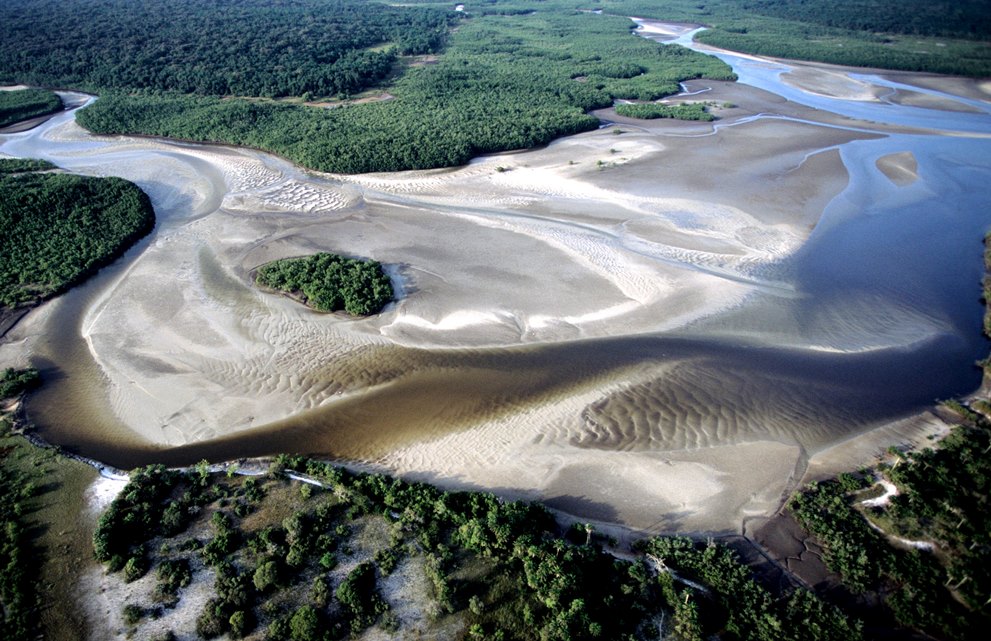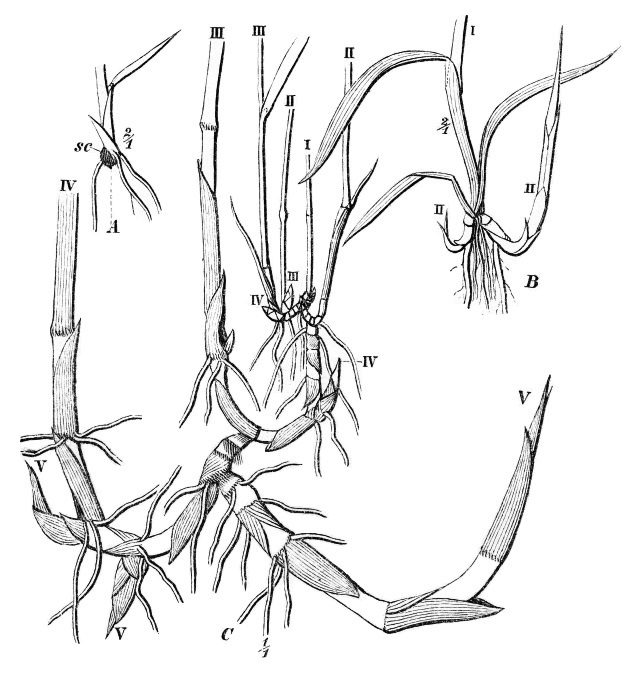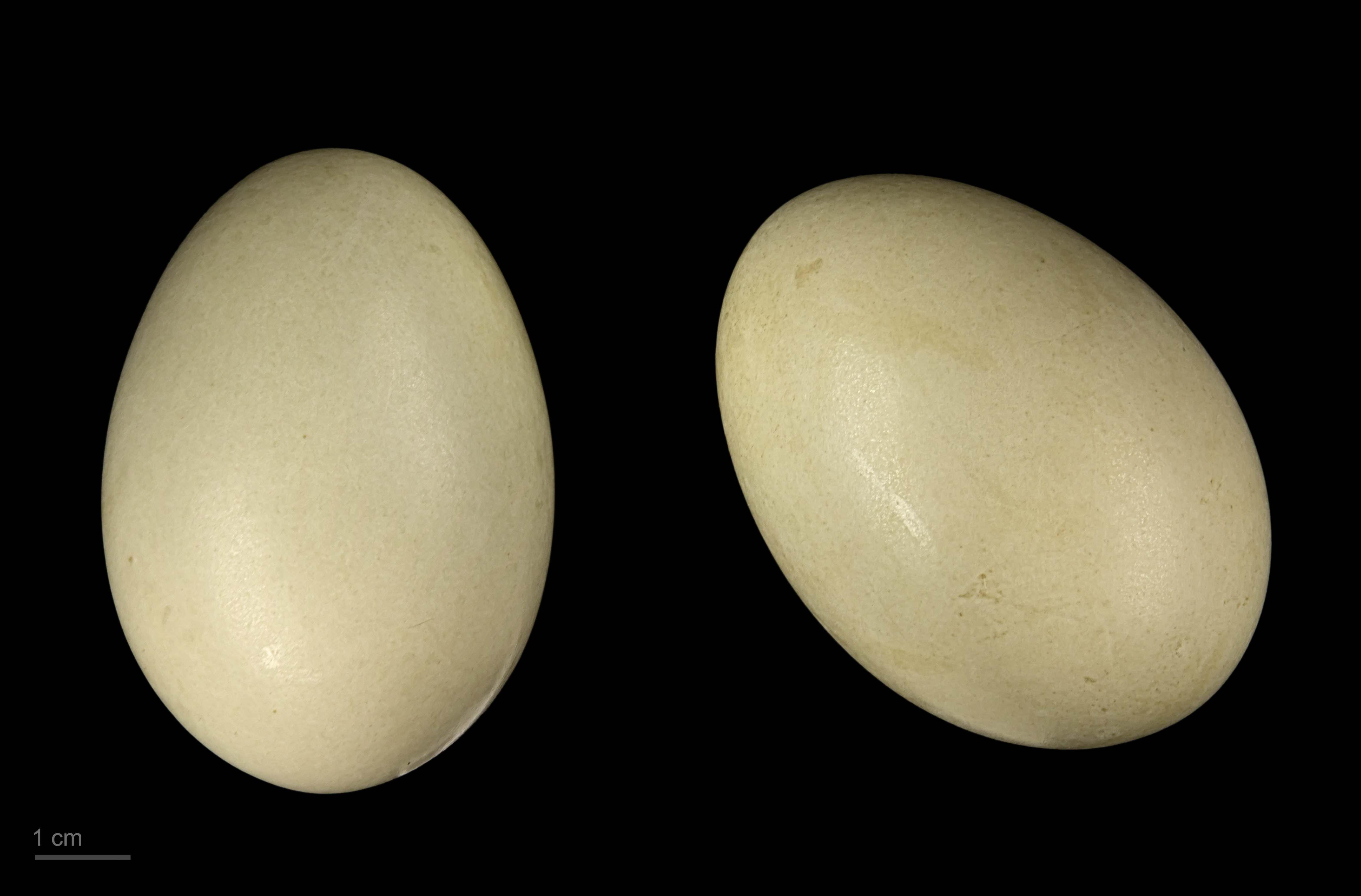|
Lake Hyōko
is a reservoir area in the city of Agano, Niigata, Japan. The reservoir was created in 1639 during the Edo period of Japanese history. It is noted for its abundant and diverse bird life, and is an important overwintering grounds for Whooper swans and Tundra swans. The area received protection from the Japanese government as a wildlife refuge in 2005. On October 30, 2008, it was registered as a Ramsar site. Birds * Whooper swan (October–March) * Tundra swan (October–March) * Northern pintail (October–March) * Common pochard (October–March) * Eastern spot-billed duck (all seasons) Plants Land * ''Nelumbo nucifera'' white (July–August) * Iris blue-purple (May) Aquatic * ''Trapa natans'' var. ''japonica'' * ''Phragmites ''Phragmites'' () is a genus of four species of large perennial plant, perennial reed (plant), reed Poaceae, grasses found in wetlands throughout temperate and tropical regions of the world. Taxonomy The World Checklist ... [...More Info...] [...Related Items...] OR: [Wikipedia] [Google] [Baidu] |
Ramsar Convention
The Ramsar Convention on Wetlands of International Importance Especially as Waterfowl Habitat is an international treaty for the conservation and sustainable use of Ramsar site, Ramsar sites (wetlands). It is also known as the Convention on Wetlands. It is named after the city of Ramsar, Mazandaran, Ramsar in Iran, where the convention was signed in 1971. Every three years, representatives of the contracting parties meet as the Ramsar Convention#Conference of the Contracting Parties, Conference of the Contracting Parties (COP), the policy-making organ of the wetland conservation, convention which adopts decisions (site designations, resolutions and recommendations) to administer the work of the convention and improve the way in which the parties are able to implement its objectives. In 2022, COP15 was held in Montreal, Canada. List of wetlands of international importance The list of wetlands of international importance included 2,531 Ramsar site, Ramsar sites in Februa ... [...More Info...] [...Related Items...] OR: [Wikipedia] [Google] [Baidu] |
Eastern Spot-billed Duck
The eastern spot-billed duck or Chinese spot-billed duck (''Anas zonorhyncha'') is a species of dabbling duck that breeds in Palearctic, East and Southeast Asia. This species was formerly considered a subspecies of the Indian spot-billed duck and both were referred to as the spot-billed duck (''A. poecilorhyncha''). The name is derived from the yellow spot on the bill. Taxonomy The eastern spot-billed duck was Species description, described by the English biologist Robert Swinhoe in 1866 under its current binomial name ''Anas zonorhyncha''. The name of the genus ''Anas'' is the Latin word for a duck. The specific epithet ''zonorhyncha'' is derived from the classical Greek words ''zōnē'' meaning "band" or "girdle" and ''rhunkhos'' meaning "bill". Historically, the eastern spot-billed duck was usually considered as a subspecies of the Indian spot-billed duck (''A. poecilorhyncha''). The American ornithologist Bradley C. Livezey, Bradley Livezey in a morphological study of the da ... [...More Info...] [...Related Items...] OR: [Wikipedia] [Google] [Baidu] |
Ramsar Sites In Japan ...
The Ramsar Convention on Wetlands of International Importance especially as Waterfowl Habitat is an international treaty for the conservation and sustainable use of wetlands. Adopted in 1971, it entered into force in 1975 and as of April 2022 had 172 contracting parties. Japan was the 24th party to accede, on 17 October 1980. Kushiro-shitsugen was the first of Japan's 53 Ramsar sites as of April 2022, with a total surface area of . Designated sites See also * List of Ramsar sites worldwide * List of national parks of Japan * Wildlife Protection Areas in Japan References External links {{Commons category, Ramsar sites in Japan Ramsar – Japan Protected areas of Japan Environment of Japan Japan Japan is an island country in East Asia. Located in the Pacific Ocean off the northeast coast of the Asia, Asian mainland, it is bordered on the west by the Sea of Japan and extends from the Sea of Okhotsk in the north to the East China Sea ... [...More Info...] [...Related Items...] OR: [Wikipedia] [Google] [Baidu] |
Reservoirs In Japan
A reservoir (; ) is an enlarged lake behind a dam, usually built to store fresh water, often doubling for hydroelectric power generation. Reservoirs are created by controlling a watercourse that drains an existing body of water, interrupting a watercourse to form an embayment within it, excavating, or building any number of retaining walls or levees to enclose any area to store water. Types Dammed valleys Dammed reservoirs are artificial lakes created and controlled by a dam constructed across a valley and rely on the natural topography to provide most of the basin of the reservoir. These reservoirs can either be ''on-stream reservoirs'', which are located on the original streambed of the downstream river and are filled by creeks, rivers or rainwater that runs off the surrounding forested catchments, or ''off-stream reservoirs'', which receive diverted water from a nearby stream or aqueduct or pipeline water from other on-stream reservoirs. Dams are typically lo ... [...More Info...] [...Related Items...] OR: [Wikipedia] [Google] [Baidu] |
Manchurian Wild Rice
''Zizania latifolia'', known as Manchurian wild rice (), is the only member of the wild rice genus ''Zizania'' native to Asia. It is used as a food plant. Both the stem and grain are edible. Gathered in the wild, Manchurian wild rice was an important grain in ancient China. A wetland plant, Manchurian wild rice is now very rare in the wild, and its use as a grain has completely disappeared in Asia, though it continues to be cultivated for its stems. A measure of its former popularity is that the surname Jiǎng (), one of the most common in China, derives from this crop. Cultivation ''Zizania latifolia'' is grown as an agricultural crop across Asia. The success of the crop depends on the smut fungus ''Ustilago esculenta''. The grass is not grown for its grain, as are other wild rice species, but for the stems, which swell into juicy galls when infected with the smut. When the fungus invades the host plant it causes it to hypertrophy; its cells increasing in size and number. In ... [...More Info...] [...Related Items...] OR: [Wikipedia] [Google] [Baidu] |
Phragmites
''Phragmites'' () is a genus of four species of large perennial plant, perennial reed (plant), reed Poaceae, grasses found in wetlands throughout temperate and tropical regions of the world. Taxonomy The World Checklist of Selected Plant Families, maintained by Kew Garden in London, accepts the following four species: * ''Phragmites australis'' (Antonio José Cavanilles, Cav.) Carl Bernhard von Trinius, Trin. ex Steud. – The cosmopolitan common reed * ''Phragmites japonicus'' Steud. – Japan, Korea, Ryukyu Islands, Russian Far East * ''Phragmites karka'' (Anders Johan Retzius, Retz.) Trin. ex Steud. – tropical Africa, southern Asia, Australia, some Pacific Islands, invasive in New Zealand * ''Phragmites mauritianus'' Kunth – central + southern Africa, Madagascar, Mauritius Wildlife in reed beds ''Phragmites'' stands can provide food and shelter resources for a number of birds, insects, and other animals. Habitat benefits are often optimal when stands are thinner, and ma ... [...More Info...] [...Related Items...] OR: [Wikipedia] [Google] [Baidu] |
Water Caltrop
The water caltrop is any of three extant species of the genus ''Trapa'': ''Trapa natans'', ''Trapa bicornis'' and the endangered ''Trapa rossica''. It is also known as buffalo nut, bat nut, devil pod, ling nut, mustache nut, singhara nut or water chestnut. The species are floating annual aquatic plants, growing in slow-moving freshwater up to deep, native to warm temperate parts of Eurasia and Africa. They bear ornately shaped fruits, which in the case of ''T. bicornis'' resemble the head of a bull or the silhouette of a flying bat. Each fruit contains a single very large, starchy seed. ''T. natans'' and ''T. bicornis'' have been cultivated in China and the Indian subcontinent for the edible seeds for at least 3,000 years. Description The water caltrop's submerged stem reaches in length, anchored into the mud by very fine roots. It has two types of leaves: finely divided, feather-like submerged leaves borne along the length of the stem, and undivided floa ... [...More Info...] [...Related Items...] OR: [Wikipedia] [Google] [Baidu] |
Iris (plant)
''Iris'' is a flowering plant genus of 310 accepted species with showy flowers. As well as being the scientific name, iris is also widely used as a common name for all ''Iris'' species, as well as some belonging to other closely related genera. A common name for some species is flags, while the plants of the subgenus '' Scorpiris'' are widely known as junos, particularly in horticulture. It is a popular garden flower. The often-segregated, monotypic genera '' Belamcanda'' (blackberry lily, ''I. domestica''), '' Hermodactylus'' (snake's head iris, ''I. tuberosa''), and ''Pardanthopsis'' (vesper iris, '' I. dichotoma'') are currently included in ''Iris''. Three ''Iris'' varieties are used in the ''Iris'' flower data set outlined by Ronald Fisher in his 1936 paper ''The use of multiple measurements in taxonomic problems'' as an example of linear discriminant analysis. Description Irises are perennial plants, growing from creeping rhizomes (rhizomatous irises) or, in drier c ... [...More Info...] [...Related Items...] OR: [Wikipedia] [Google] [Baidu] |
Nelumbo Nucifera
''Nelumbo nucifera'', also known as the pink lotus, sacred lotus, Indian lotus, or simply lotus, is one of two extant taxon, extant species of aquatic plant in the Family (biology), family Nelumbonaceae. It is sometimes colloquially called a water lily, though this more often refers to members of the family Nymphaeaceae. The lotus belongs in the order Proteales. Lotus plants are adapted to grow in the flood plains of slow-moving rivers and delta areas. Stands of lotus drop hundreds of thousands of seeds every year to the bottom of the pond. While some sprout immediately and most are eaten by wildlife, the remaining seeds can remain dormant for an extensive period of time as the pond silts in and dries out. During flood conditions, sediments containing these seeds are broken open, and the dormant seeds rehydrate and begin a new lotus colony. It is cultivated in nutrient-rich, loamy, and often flooded soils, requiring warm temperatures and specific planting depths, with propagat ... [...More Info...] [...Related Items...] OR: [Wikipedia] [Google] [Baidu] |
Common Pochard
The common pochard (; ''Aythya ferina''), known simply as pochard in the United Kingdom, is a medium-sized diving duck in the family Anatidae. It is widespread across the Palearctic. It breeds primarily in the steppe regions of Scandinavia and Siberia, and winters further south and west. Taxonomy and systematics Swedish taxonomist Carl Linnaeus first assigned a scientific name to the common pochard in the tenth edition of his landmark treatise Systema Naturae; this was the first edition which included such names. He called the duck ''Anas ferina''. In 1822, German zoologist Friedrich Boie created the genus '' Aythya'' for various diving ducks, and moved the common pochard to that new genus. Uptake of ''Aythya'' as the genus for the common pochard was mixed for much of the next century, with some authors leaving the duck in the genus ''Anas'' or assigning it to various other now-defunct genera instead. The common pochard is considered a superspecies with the canvasback. In the ... [...More Info...] [...Related Items...] OR: [Wikipedia] [Google] [Baidu] |
Reservoir
A reservoir (; ) is an enlarged lake behind a dam, usually built to water storage, store fresh water, often doubling for hydroelectric power generation. Reservoirs are created by controlling a watercourse that drains an existing body of water, interrupting a watercourse to form an Bay, embayment within it, excavating, or building any number of retaining walls or levees to enclose any area to store water. Types Dammed valleys Dammed reservoirs are artificial lakes created and controlled by a dam constructed across a valley and rely on the natural topography to provide most of the basin of the reservoir. These reservoirs can either be ''on-stream reservoirs'', which are located on the original streambed of the downstream river and are filled by stream, creeks, rivers or rainwater that surface runoff, runs off the surrounding forested catchments, or ''off-stream reservoirs'', which receive water diversion, diverted water from a nearby stream or aqueduct (water supply), aq ... [...More Info...] [...Related Items...] OR: [Wikipedia] [Google] [Baidu] |









